|

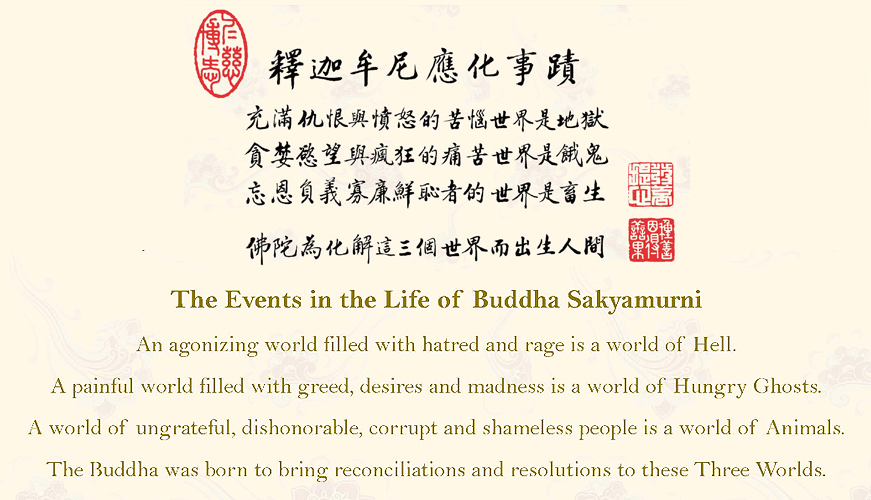
There are numerous paintings and sculptures that depict the life of Buddha Sakyamuni. All the photographs shown below were shot in Yuanheng Temple, Kaoshiong. Yuanheng Temple was built in the reign of Emperor Qianglong of the Qing dynasty. It is one of the few remaining historical temples in Taiwan. Its original name Yuanxing Temple has since been changed to Yuanheng Temple. The style of the architectural design was delicately simple and subtly elegant. In 1973, Venerable Pumiao led followers to finish the building of the main cultivation hall where the main statue of Buddha Shakyamuni is respectfully placed. On the inside and outside of the main hall, there are sculptures of the life of the Buddha. There are thirty-two sculptures in total. All the sculptures were created in style that portray solemn magnificance.
Of the thirty-two sculptures, the 24th and 27th are partly hidden from the camera due to their location. Hence the sculptures can only be presented partially here. All captions for the sculptures are the original explanations. Minor footnotes were added for clarification purpose.
The Editors
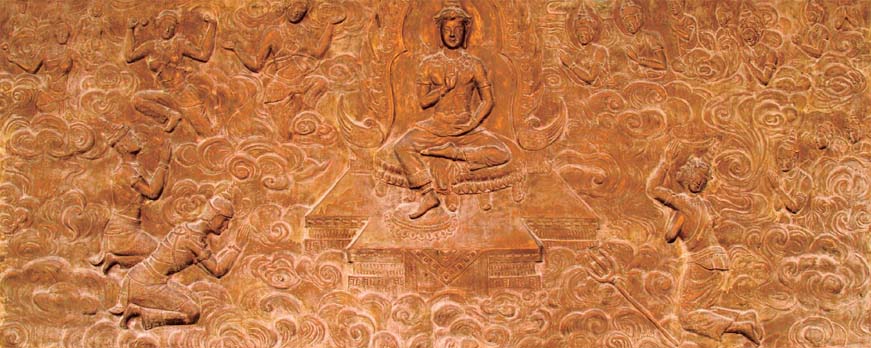
1. Teaching in the Tusita Heaven, Anticipating the Descent to Earth.
Upon the completion of his cultivation, Vessantara Bodhisattva (1) resides in the inner court of Tusita Heaven, teaching celestial beings and awaiting the five conditions of sentient beings, time, place, country, and parents to come into existence. When they arise, he could be reborn on Earth to complete the path to Buddhahood.
(1)Through eons of cultivation and reincarnation cycles, before Buddha Shakyamuni attained enlightenment, he was once reincarnated as a bodhisattva. The name of this particular Bodhisattva meant, “A holy being who understand how to utilize true wisdom.”

2. The White Elephant Dream, Maya Felt the Conception of the Buddha.
As the compassionate King Suddhodana worried about being childless, Queen Maya dreamed of a white elephant presenting propitious signs, and mountains of gold, silver, and various colored lotus flowers covering the earth. With this, a child was conceived.
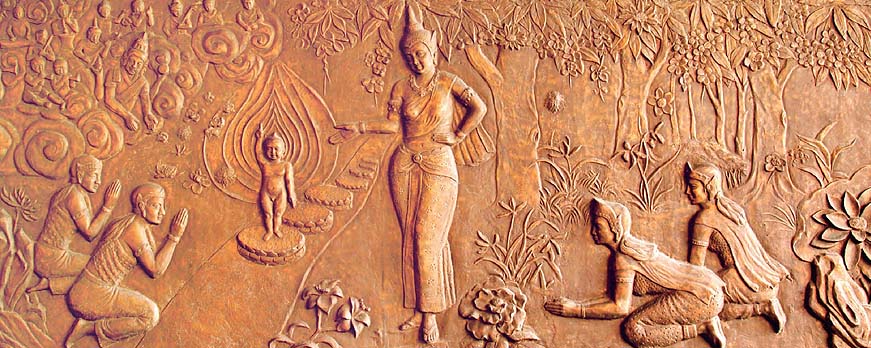
3. Lumbini Park, the Birth of the Buddha.
On April 8, 543 B.C, Queen Maya took leave from the king to await labor at her mother’s house. While resting at Lumbini Park she gave birth to the prince. Helping her to deliver the child were the four celestial emissaries from the Great Brahmalokas Heaven. Rays of light and beautiful music adorned the earth and hundreds of flowers blossomed all at once. Immediately upon his birth, the prince stood up and took seven steps. As his feet touched the earth, lotuses sprang up. Raising his hand he said: “Worlds above, worlds below, I am the Noble One.”.
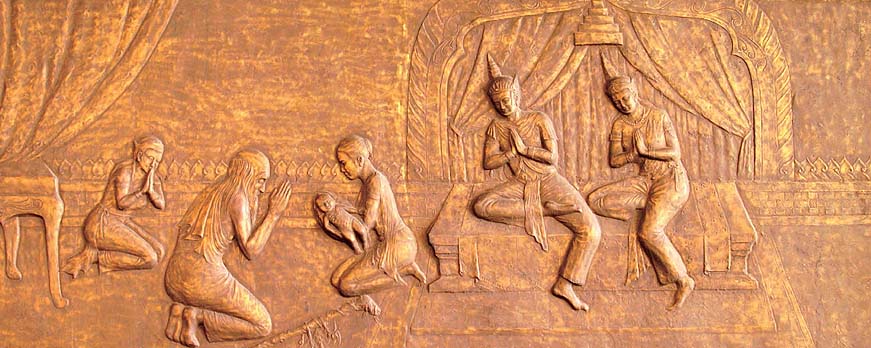
4. Astrology Reading, Prophecy of Buddhahood.
Asita, the celestial astrologer, foretold the fate of the prince as he praised him, “I will not worship the Bramalokas Heaven but I will worship this child.” He prophesized that the prince, who had displayed sufficient signs, would become a Buddha, the one who will save all beings and become the noblest holy person.
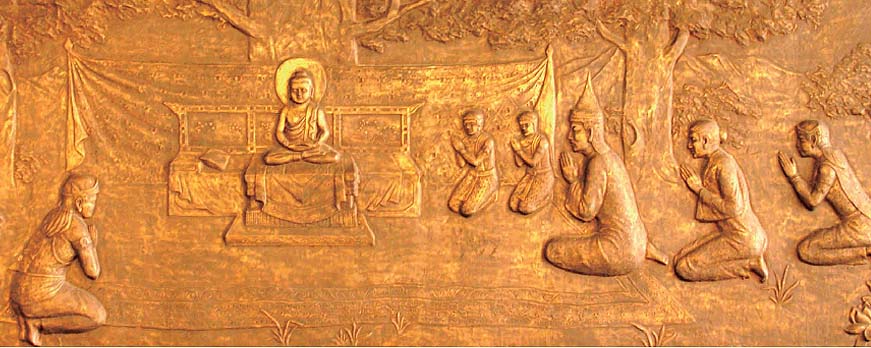
5. Naming Ceremony, the First Offering to the Field of Blessings.
On the fifth day after the prince’s birth, King Suddhodana invited authoritative Brahmin scholars to name the prince. The prince sat up unperturbed and everyone bowed to him. Due to all the auspicious signs at birth, he was named “Siddhartha,” which means “he who has achieved his goals.”
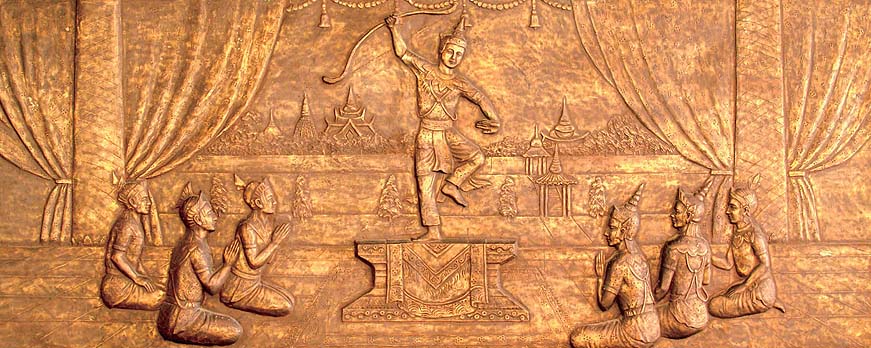
6. Master of Civil and Military Affairs, Champion of All India.
Seven days after the prince was born, Queen Maya passed away and ascended to the celestial realm. The prince’s aunt, Mahaprajapata, nursed him. The prince grew to be intelligent and skillful in both civil and military affairs. None of the youths in India could match his physical or intellectual achievements.
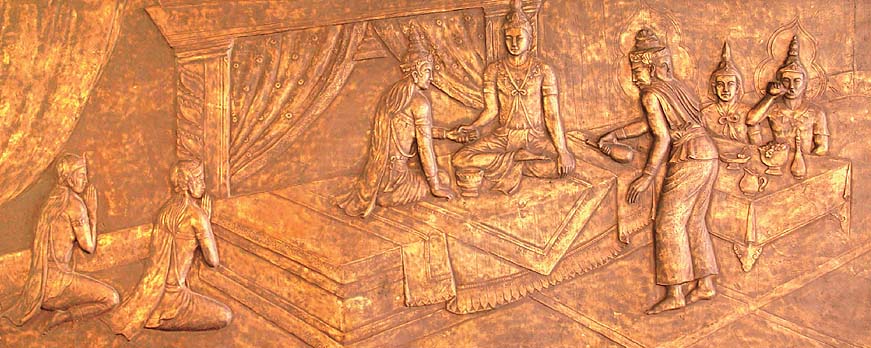
7. Wedding of the Prince; Princess Yasodhara with the Prince.
The prince often thought about the injustice of the caste system (2). King Suddhodana worried that Asita’s prophecy might come true and so he arranged a wedding for the prince even though the Prince was only seventeen years old. The king hoped that the beautiful and gentle Princess Yasodhara would help the prince forget about his yearning to leave home and become a wandering mendicant.
(2)The four castes refer to Brahmana, of pure life or mind; the highest of the four castes, those who serve Brahma, his offspring, the keepers of the Vedas. Ksatriya, the warrior and ruling class; Vaisya, the third of the four Indian castes, that of agriculture and trade; Udra, the fourth of the four castes, were slaves. (Excerpted from The Seeker’s Glossary of Buddhism.)

8. At the Four Gates, the Prince Witnessed the Four Miseries.
The pleasure of the palace could not bewitch the prince. He asked permission from his father to tour the four famous gates and he sadly discovered the four miseries of living, old age, sickness, and death. He deeply felt the approaching of impermanence and admired the serenity of the recluse. The prince’s determination to leave home was reinforced.
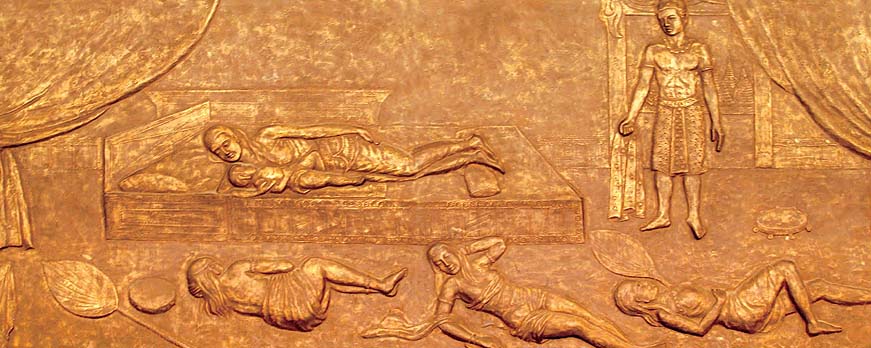
9. Biding Farewell to His Son and Wife; Prince Siddhartha Leaving the Palace.
The Prince reflected on the reality of sorrow and joy, union and separation; birth, old age, death, and suffering. He wanted to seek a way to liberate oneself from sufferings. He made up his mind, and after lingering a few moments, left his wife and son to pursue his ideal.
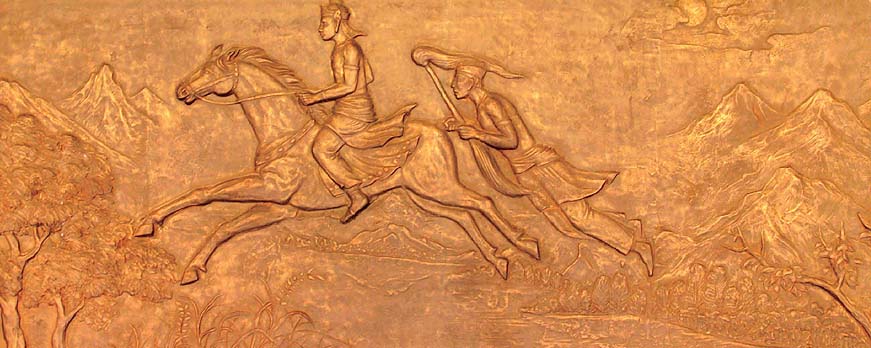
10. Riding on a Starry Night in Search of the Truth.
On a starry night, the prince mounted Kanthaka (3), his white horse, while Chandaka (4), his groom, held on to its tail. They left the palace late at night. The men were as luminous as the bright moon and the steed as white as the white clouds. Together they galloped deep into the hills and wilderness to seek the way that will liberate humans from pain and
suffering, and uncover the truth of life.
(3)Kanthaka is the name of the horse.

11. Cutting Off His Hair, Prince Siddhartha Renounced the Secular World and Put on the Robe of a Mendicant.
Unmoved by Chandaka’s persuasion, the prince cut off his hair and put on a mendicant’s robe. He gave his royal attire to Chandaka and left gracefully. His horse, Kanthaka, neighed and cried while Chandaka could do nothing but tearfully watch the departure of the prince.

12. With Determination, the Prince Lived Six Years in Austerity.
The determined prince set out to seek the truth but initially encountered disappointment. He diverted to follow the ascetics and for the next six years underwent severe deprivations while meditating in the Uruvilva Forest. The king was very sad, as he could not convince the prince to come back to the palace. He ordered five attendants to accompany the prince. The prince lived on one sesame seed and one grain of wheat a day until the shine from his face withered away and his body was nothing but skin and bones. But despite all this, his will to seek the truth did not falter.

13. The Prince Wiping Off the Dust and Washing Away the Dirt, the Shepherdess Offering Rice Milk.
After six years of painful cultivation, the prince still had not found the truth. He realized that body and mind are one, and only when the mind is pure will liberation become possible. He arose from where he had been sitting and walked into the Nairanjana River. He washed away all the dirt on his body and finally fell because he was too frail. The shepherdess Sujata and her slave girl Punna saw this and offered rice milk to the prince. He accepted the milk and upon drinking some of it found his strength return. He continued to seek the truth.
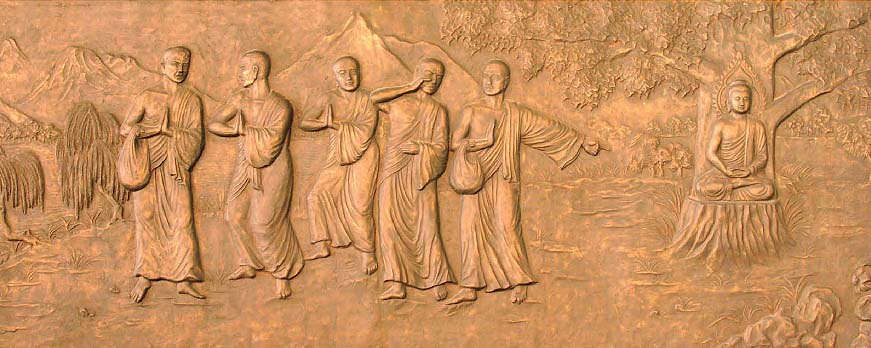
14. Misunderstanding the Prince, the Five Attendants Left Him.
Ajnata Kauadinya, Asvajit, Bhadrika, Dasabala-Kasyapa and Mahanama-Kulika, the five attendants who had accompanied the prince for six years of austerities because they respected the Prince’s noble ideal saw him accepting the rice milk from the shepherdess. Disappointed at seeing this and thinking that the prince had abandoned his ideals, they left him. The prince made a vow that when he became a Buddha he would teach the five attendants first.
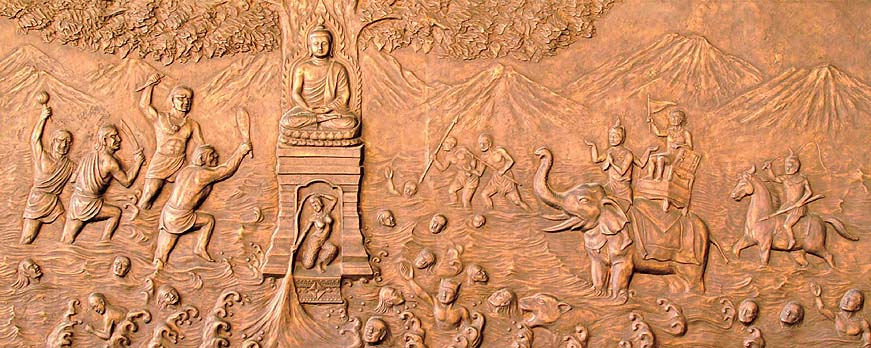
15. Vowing to Attain Buddhahood, the Prince Conquered the Army of Demons.
The prince, sitting on the Diamond Throne under the Bodhi tree at Bodh Gaya, vowed, “If I do not attain complete enlightenment, I will not leave this seat.” While the celestial beings rejoiced, the demons threatened and seduced the prince but to no avail.
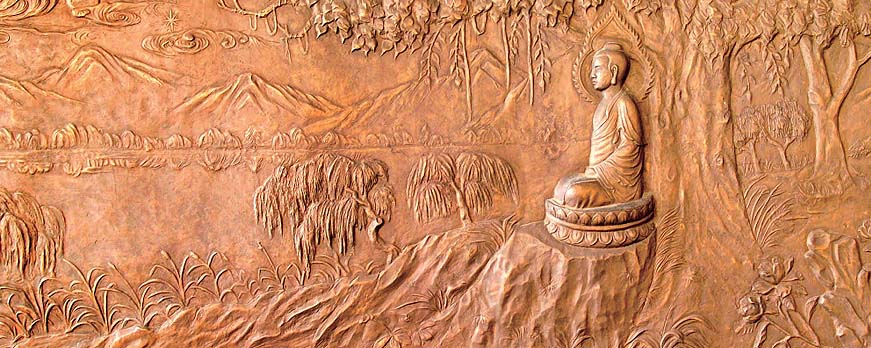
16. Looking up at the Bright Stars, He Became the Fully Enlightened One.
Just before dawn on December 8, 513 B.C., Prince Siddhartha, seated under the Bodhi tree, looked up at the bright stars and realized the profound meanings of dependant origination and the middle way, and that all beings innately possessed the wisdom of the Tathagata but lost it due to deluded thinking and attachments. After exhaustive pondering and numerous painstaking experiences, the prince attained the great realization. Thus, all beings shall receive salvation as the Prince became the noblest Buddha.
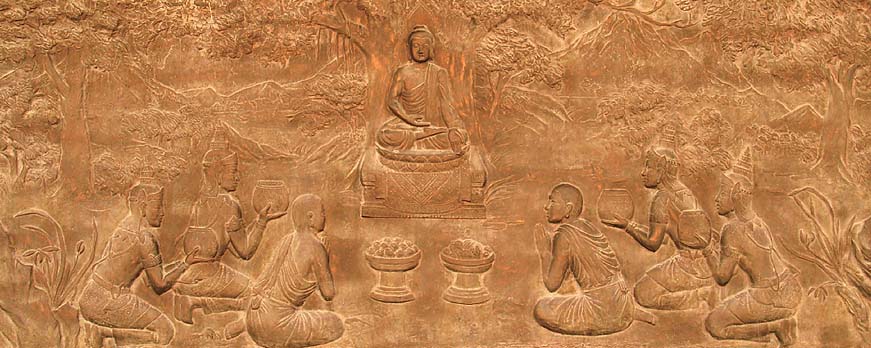
17. The Rich Made Offerings, the Heavenly King Offered Alms Bowl.
After the path to enlightenment was completed, Buddha sat alone under the Bodhi tree for forty-nine days, rejoicing at finding the way to liberation from suffering. Two wealthy merchants passed by and so impressed by the sublimities of the Buddha that they offered the Buddha honey milk. The Four Heavenly Kings (5) took an alms bowl from the dragon’s palace and turned one into four, and used them to hold offerings for Buddha. When the offering was over, the four bowls turned into one again and became the alms bowl of Buddha in which offerings by human and heaven realms would be placed.
(5)The titles of the four deva-kings are: The Eastern Deva ,keeper of kingdom; the Southern Deva, of increase and growth; the Western Deva who are Broad-Eyed; and the Northern Deva who hears much and is well-versed. They are external generals of King Indra, the mighty Lord of Devas. Half way up the Sumeru Mountain lays the Gandhara Mountain. The mountain has four sides each housing the domain of one Deva King who protects one world in each direction. Hence, the four deva-kings are also known as the Guardians of the Worlds. They reside in the atur-maharaja-kayikas, or the four heavens of the four deva-kings, the first tier in the Desire Realm, the beginning of Celestial Realm.

18. Brahmadeva Invited Buddha to Preach, thus the Door of Nourishing Dews Opened.
The Buddha saw that sentient beings were stubborn and foolish, they will hardly trust the truth, and so he pondered about entering nirvana (6) as a way to prevent them from blaspheming the Dharma. However, Brahmadeva appeared and invited the Buddha to preach the Dharma to nourish the field of sentient beings. Buddha accepted the invitation and thus, began the five period (7) teachings of Avatamsaka, Agamas, Vaipulya, Prajna, and the Lotus Nirvana.
(6)Nirvana refers to the state of liberation through full enlightenment, in which one abides in neither Samsara nor ultimate quiescence. (Excerpted from The Seeker’s Glossary of Buddhism.)
(7)The “five periods” is a chronological account of Buddha’s teachings compiled by Master Zhi-zhe of the Tian-tai school. (Excerpted from The Seeker’s Glossary of Buddhism.)

19. At the First Turn of the Dharma Wheel, the Five Former Attendants were Converted.
In order to fulfill his promise, the Buddha set out to the Deer Park (8) at Sarnath to convert his five former attendants, among them was Ajnata-Kaundinya and the rest. When they saw the Buddha from a distance, they concurred to ignore the Buddha. As the Buddha approached, they could not help but be moved by the Buddha’s sublimities. Together they knelt down and listened to Buddha’s teaching on the Four Noble Truths, that “of pain, of coming together, of extinguishing of pain, and of the way to such extinction.” Thus began the first turning of the Dharma wheel (9), and the five attendants attained arhatship and became known as the five bhiksus. This marked the establishment of the Triple Gems (10).
(8)The Deer Park (Mrgadava) in Sarnath located on the outskirts of Benares, AKA Varanasi. It was here where Buddha Sakyamuni first taught the contents of his enlightenment to the original five disciples. It was also one of the six major locations where the Buddha later gave lectures to the public.
(9)Dharma Wheel symbolizes the preaching of a Buddha. A Dharma wheel is likened to a wheel because it crushes all illusions. It also symbolizes that the Dharma passes on to infinite generations like a wheel keeps turning and reaches unlimited distance. (Excerpted from The Seeker’s Glossary of Buddhism.)
(10)Triple Gem represents the Buddha, which is the supremelyenlightened being, the Dharma, which is the teaching imparted by Buddha, and the Sangha, which is the congregation of monks and nuns, or of genuine Dharma followers. In Buddhism, these three fundamental aspects that form a basis for belief and practice are extremely precious, thus the name of Three Jewels, or Triple Gem. (Excerpted from The Seeker’s Glossary of Buddhism.)

20. Yasas was Converted, Order of Monks Established.
Buddha ordained Yasas and his relatives, fifty people in total, to form the first regular order of monks who would follow Buddha as he moved around to teach. Yasas’s mother took refuge with the Buddha and became the first upasika (11) (Buddhist lay-woman) in Buddhist history.
(11) Upasika is a Sanskrit term for a female lay-disciple or laywoman who vows to observe the five precepts of no killing, no stealing, no sexual misconduct, no lying, no drinking intoxicants. She was pure and abided strictly to these precepts. She was thus named Upasika.
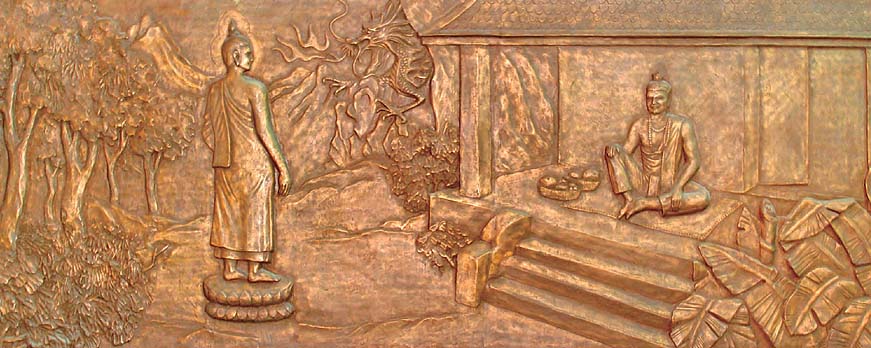
21. Leading the Three Kasyapa Brothers to the Right Awakening.
Uruvilva Kasyapa, Nadi Kasyapa and Kaya Kasyapah had one thousand followers who worshipped the Hindu fire god, Agni. Buddha went into the fire serpent grotto and conquered the fiery serpent. Uruvila Kasyapa and his followers were in awe. They listened to Buddha’s summon and let go of the three poisonous fire of greed, anger and delusion. The other two brothers were later converted and took refuge in the Buddha. From then on, one thousand followers became the disciples of Buddha.
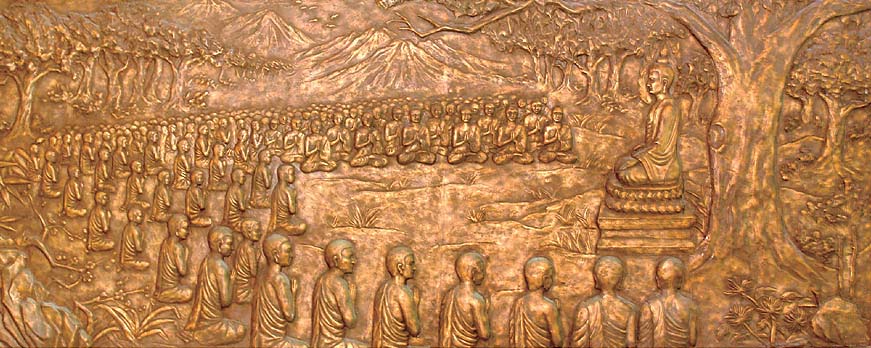
22. Preaching at Rajagha, Teaching at Jetavana Park.
After listening to the Buddha’s gatha, Sariputra and Maudgalyayana instantly awakened and led 200 students to follow the Buddha, followed by the three Kasyapas who led more than 1250 students to follow Buddha in his journey. When they arrived at the Rajagha city, King of Bimbisara offered the Venuvana-vihara to the Buddha. The northern state of Sravasti also yearned to hear the Dharma, and by the sincerity and enormous wealth of the elder Anathapindika, he impressed Prince Jeta to sell him a forest glade and erected monasteries in the named Jetavana park for the order of monks to stay, and thus began the propagation of Dharma in northern India.
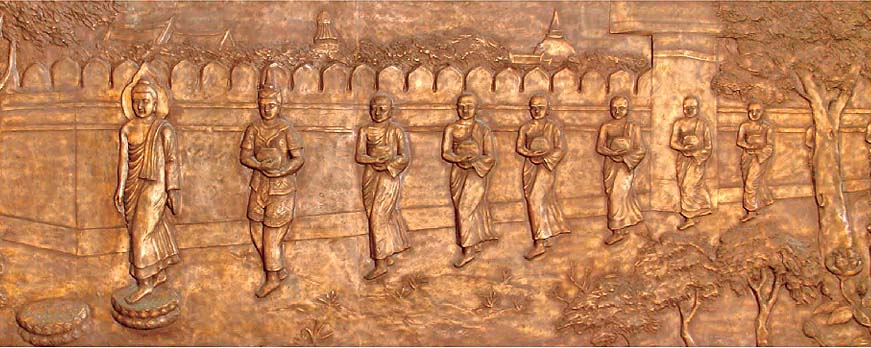
23. Back to Kapilavastu and Redeemed his Cousin, Nanda.
King Suddhodana invited the Buddha to go back to Kapilavastu when Nanda, son of Buddha’s maternal aunt, was about to be crowned and married. Buddha consoled his father and convinced Nanda to subdue his sensual desires to become a monk. Nanda later became one of the ten chief disciples of Buddha most famous for his ability to control his senses.

24. Ananda and Others Joined the Sangha.
Not long after Buddha’s arrival at Kapilavastu, his cousins Ananda; Aniruddha; Mahanaman; Devadatta and others joined the Sanhga (order of monks), while Buddha’s son, Rahula, was ordained by Sariputra; and all had become great monks in due time. Rahula became the chief of esoteric practice, and Ananda became the chief among Buddha’s hearers, who helped in the compilation of the Buddhist canon, thereby allowing the Dharma to remain in this world.
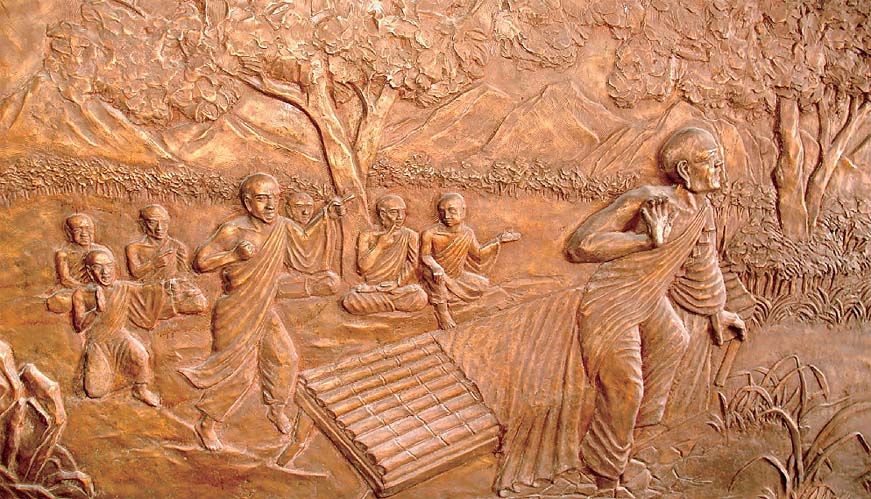
25. Devadatta Tried to Harm the Buddha and Destroy Buddhism.
Devadatta, the one who dreamt about betraying the Buddha and destroying Buddha and his sangha, deeply repented his deeds just before his death. He fell into hell as a demonstration of karma but in actual fact he was a constructive adversary of Buddha, who had vowed to help Buddha complete his path by going against the Buddha, life after life, to reinforce Buddha’s determination to achieve enlightenment. Hence the Buddha considered him a good friend, and thus spoke of the Devadatta Chapter during the Lotus Sutra Assembly.
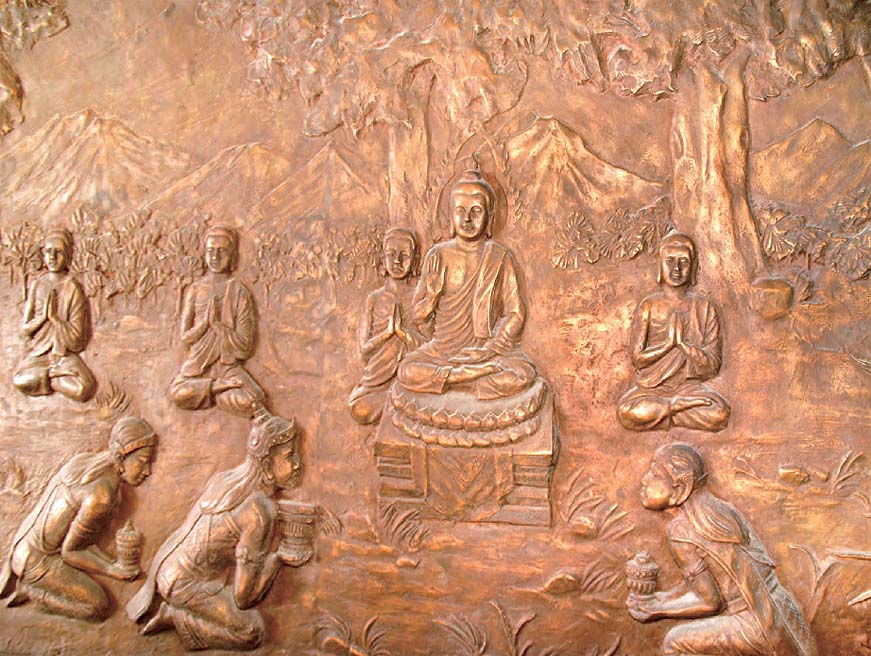
26. Buddha Ordained his Aunt, the Beginning of Bikhunnis.
The aunt of Buddha, Prajapati, and his wife, Yasodhara, led five hundred court ladies, approached the Buddha and asked to join the Sangha. Three times the Buddha refused. Ananda personally begged the Buddha for approval and Buddha drawn up the Eight Commands (12) for the ladies to follow, thereby permitted the establishment of the order of Bikhunnis.
(12)The eight commands cover the manners how Bhikkhunis should treat and respect Bhikkhus. (Excerpted from The Seeker’s Glossary of Buddhism.)

27. Death of King Suddhodana, Buddha Spoke at the Jhapita Ritual.
King Suddhodana was old and ill. Buddha went back to Kapilavastu to wait on his father and spoke to his father about the Dharma. King Suddhodana immediately attained arhatship and passed away peacefully. Buddha gave away treasures and material goods, attended his father’s funeral and spoke at the Jhapita (cremation) thus fulfilling his role as a son.

28. Preaching at the Trayatrimsha Heaven, Repaying his Mother’s Gratitute.
Indebted to his mother’s kindness, the Buddha ascended the Trayatrimsha Heaven and preached the Ksitigarbha Sutra (the Earth Store Sutra) to his mother. The talk also convinced King Indra, ruler of the Trayatrimsha Heaven, to take refuge in the Buddha, and he vowed to uphold and protect the Triple Gems.
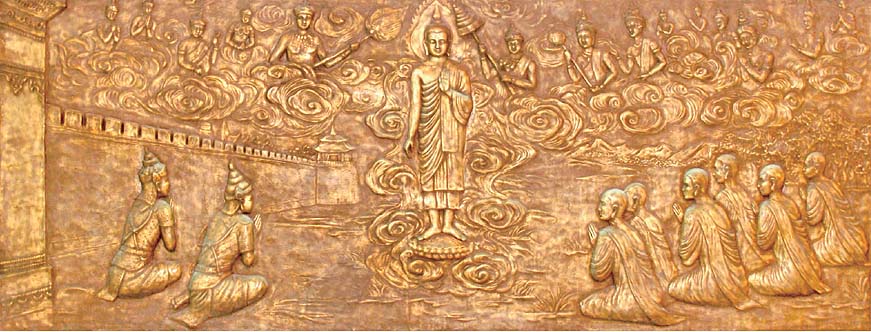
29. Descending to Earth, Welcomed by his Disciples.
When the Buddha had fulfi lled his fi lial duty toward his mother, he descended from the Trayatrimsha Heaven, escorted by Lord of Mahabrahma, who invited the Buddha to preach. The lay and monastic followers of the Buddha raced to become the fi rst to welcome the Buddha. Bikhunni Uppalavanna used her supernatural power and appeared fi rst to welcome the Buddha. Subhuti, on the other hand, sat still in a cave, welcoming the Buddha in the deep meditative state of Samadhi. The Buddha showed his disciples, the physical body of Subhuti, meeting the Dharma-body of the Buddha. Thus, he was the first to welcome the Buddha.
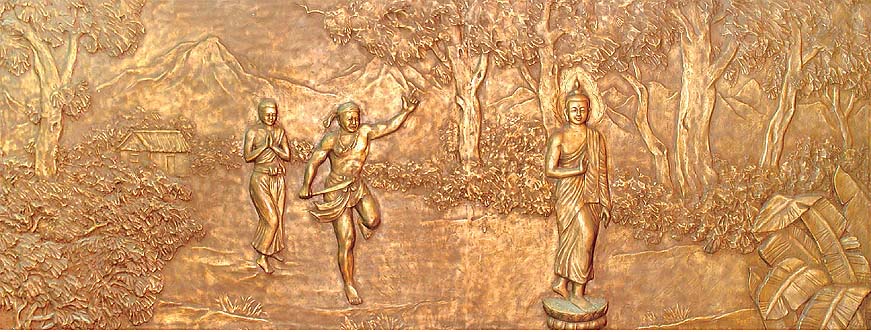
30. Angulimalya Saved by the Buddha.
Angulimalya in his quest for truth, believed in the practice of the fanatic Sivaitic sect, that if one killed one hundred people the truth will come forth. The one hundredth person he would kill was his mother. Fortunately the Buddha used his inspiring virtue and convinced Angulimalya to lay down his sword and took refuge with the Triple Gems.
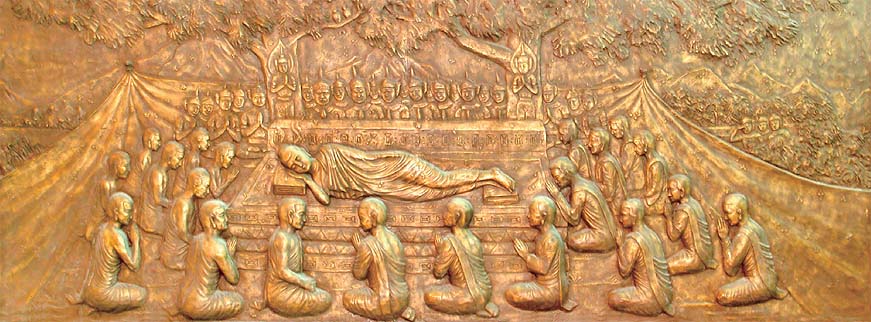
31. At the Twin Sala Trees at Salavana, the Buddha Entered Mahaparinirvana.
It was time for the Buddha to leave this world. Under the twin sala trees at Salavana, Buddha converted his last disciple, Subhadra. He briefly talked to his disciples about the essence of the Dharma. He admonished his disciples to learn from abiding in the precepts. At mid-night, on February 15, 364 B.C., the Buddha entered into nirvana, at the age of 80.
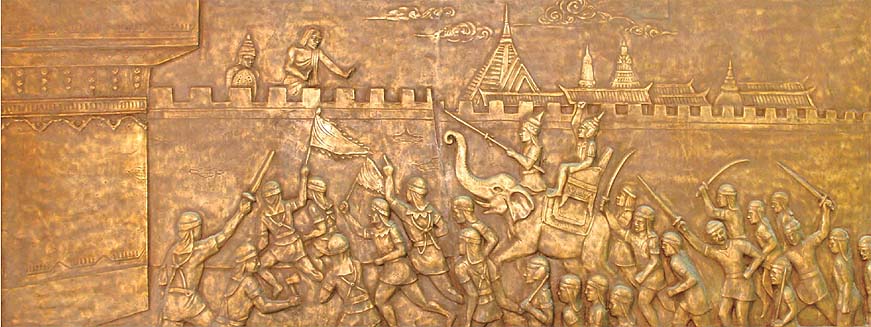
32. Distributing the Sarira, Human and Celestial Realms Fought to Obtain the Sarira.
The sarira that appeared after Buddha’s Jhapita were divided equally among celestial, human and palaces of the dragon kings. In the human realm, eight kings were about to wage battles with one another in order to possess Buddha’s sarira. After several negotiations, the eight kings (13) agreed to divide the sarira equally among them. They erected stupas to house the sarira and the unusual and auspiciousness sarira remained until today.
(13)After the Buddha entered Mahaparinirvana, there were eight kings who requested Buddha ‘s remaining sarira. Major dispute had almost erupted. A Brahman negotiated between all parties and finally, all agreed to have the sarira distributed equally to all eight countries. Longer Agamas Sutra stated that the following eight kings were able to bring back and stored the sarira in the stupas.
1. Ajatasattu, king of Magadha.
2. Licchavis of Vesali.
3. Sakyas of Kapilavastu.
4. Bulis of Allakappa.
5. Koliyas of Ramagama.
6. Brahmin of Vethadipa.
7. Mallas of Pava.
8. Mallas of Kusinara. |
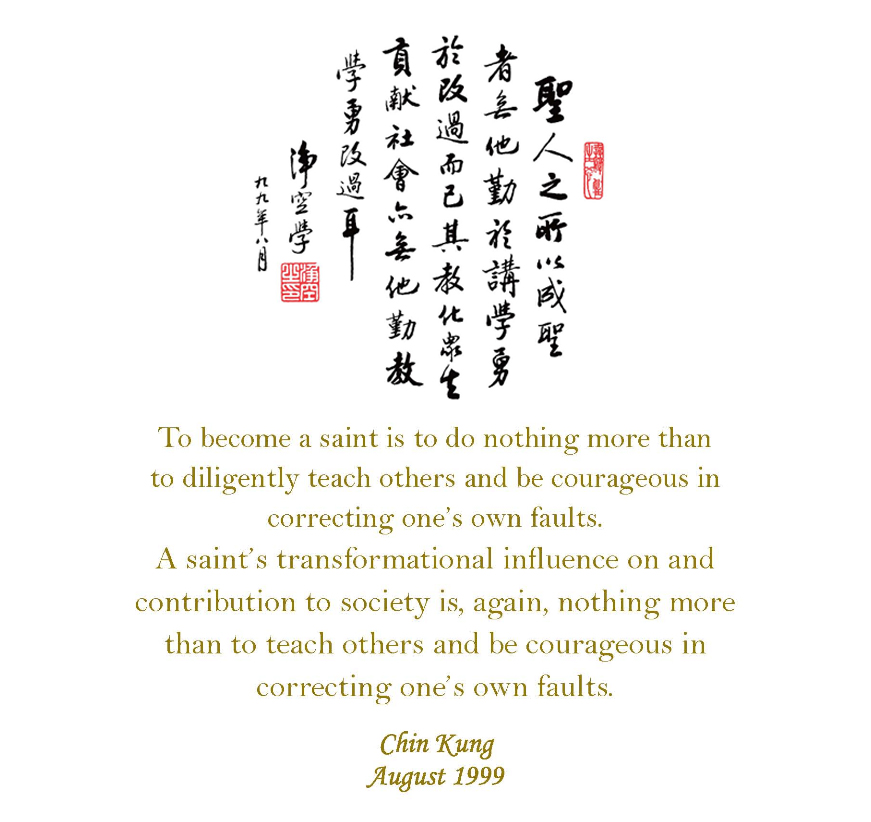
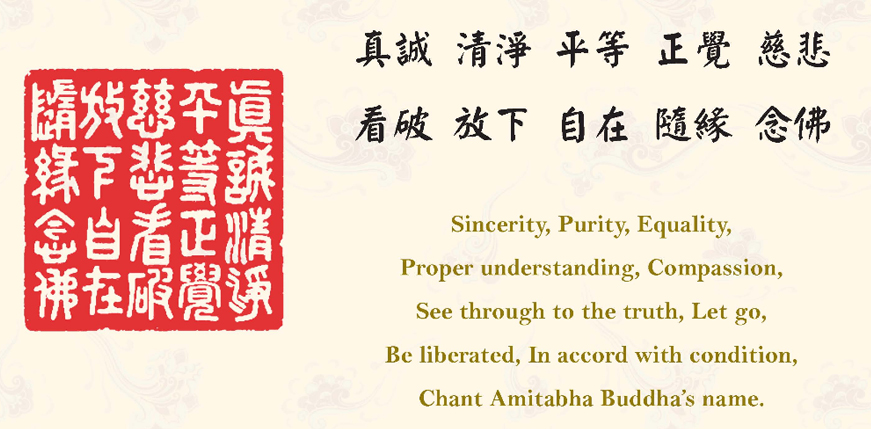 
|
